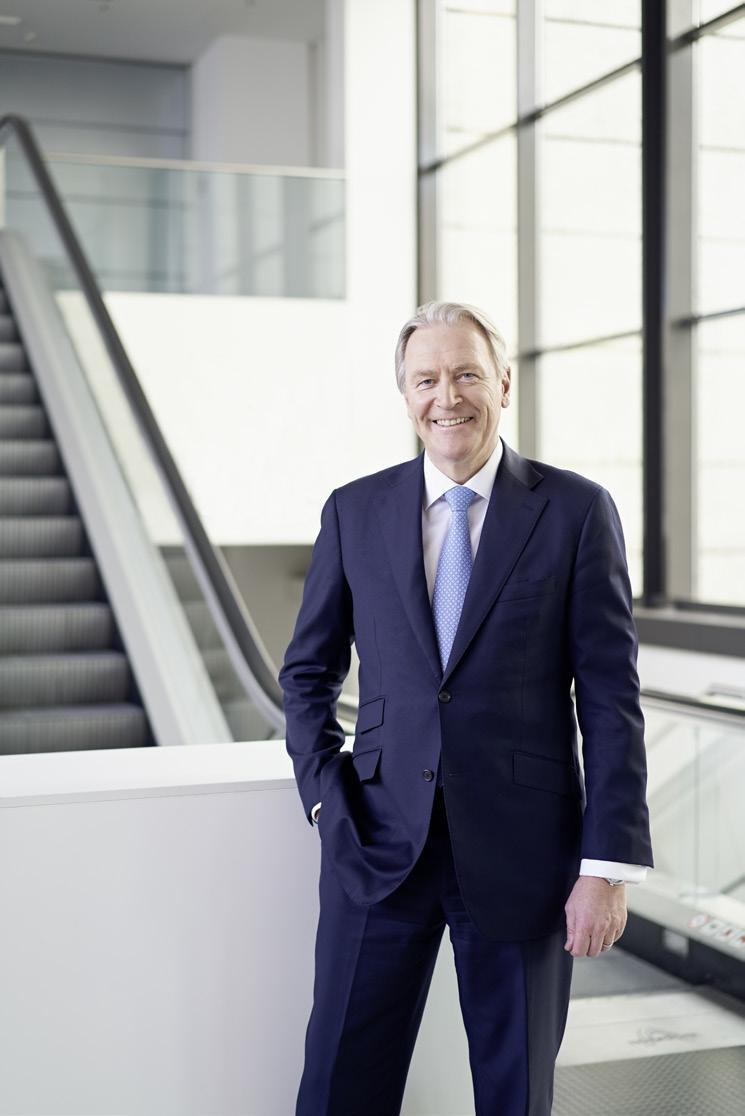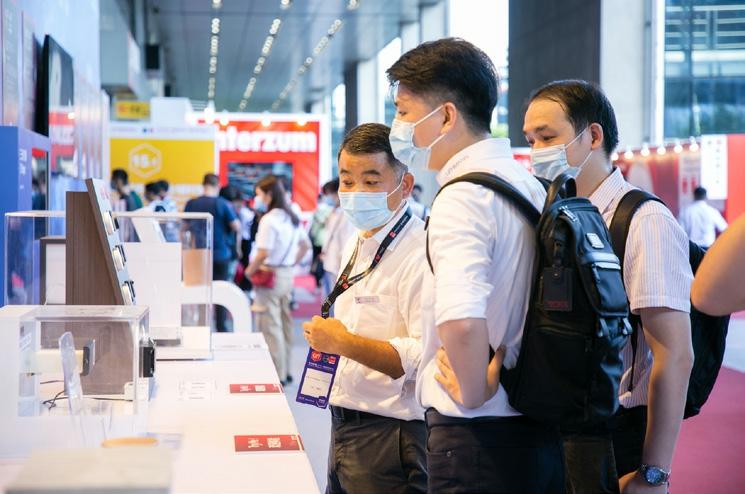The future belongs to hybrid events
Celion Su

In every normal year, the events regularly organised by Koelnmesse include over 80 exhibitions and special events, and attract more than 54,500 exhibiting companies from about 120 countries, as well as around 3 million visitors from 224 nations. On average, 72 percent of exhibitors and 42 percent of visitors come from abroad. In the Covid era, what are the Companys strategy to prepare for the future? Gerald B?se shares with the reporter during a recent interview.
Continuous effort behind the scene
During the pandemic, as many exhibition companies who have decided to develop sustainably, Koelnmesse has been busy with team skills upgrading and project adjusting while waiting for the dawn of the industry. Gerald B?se points out that trade fairs were and continue to be hit by the effects of the pandemic. All the Koelnmesse employees have to master major challenges in a shifting situation on a daily basis.“You might think we have not had much to do in the past year, but the opposite is true.” He reveals that at Koelnmesse, there is a lot going on in the background to make the re-launch a complete success for everyone involved. This includes creating new perspectives for the trade fairs. The entire team are continuing to work intensively, not just on innovative concepts for the Covid era, but also on hybrid formats for the time thereafter. He also notes, “Not only are our events changing, but also the way we work together as a team. ” The majority of Koelnmesse staff have been working from home for over a year now. Fortunately, the Company was already well positioned for this challenge even before the pandemic. Every employee has access to all Koelnmesse structures from home.
Chinese economy ensures strong trade fairs industry
The Koelnmesse subsidiary in China was founded as early as in 2002. Concerning the role of the Chinese market for the Company, Gerald B?se proudly tells the reporter that as of 2019, China had held more than 4500 exhibitions.“As the largest exhibition market in Asia, China definitely represents a strong driving force for our business.” He says, “With the prevailing economic development in China in recent years, it echoes and ensures the development of our own business in the future.”
Gerald B?se points out that Covid has not only had a negative impact on organizers, but also on the entire supply chain. China is no exception but has likely been the best performing trade-fair market in Asia during the pandemic. Take interzum guangzhou for example, it had to be postponed from March to July in 2020 and the amount of occupied space dropped significantly. However, with only eight months in between, in March 2021, Koelnmesse successfully opened interzum guangzhou again at near full capacity. CIFM and interzum guangzhou boasted 2,100 exhibitors and 340,000 sqm total exhibition space. Around 200,000 visitors represented an increase of more than 20% compared even to the 2019 edition.

Digitalisation as the primary focus of upgrading
According to Gerald B?se, as an international trade fair organiser, Koelnmesse sees it as primary responsibility, especially in these times, to develop new perspectives for its trade fairs, which meet the changing needs of customers. In recent months, the Company has been working intensively on numerous measures on its premises, and digitalisation has been the primary focus of this effort.
For example, Koelnmesse already launched its own platform in 2020 to host digital events. The Company has also introduced the new eGuard app which enables it to guide visitor flows throughout the venue in the future to avoid crowding. Koelnmesse has also been working on digitalising its business processes to deliver a new level of customer experience. In particular, the registration process for the service shop for exhibitors has become more digital.
Concerning the particular challenges when putting on online exhibitions, Gerald B?se reminds that every sector is different and has its own measure of what is digitally feasible and what continues to require face-to-face interaction. Organizers therefore should engage in ongoing dialogue with the sectors they serve and jointly consider where and how to best support them. For example, in 2020, Koelnmesse implemented gamescom and DMEXCO in purely digital form. “This made sense because both events are already digital at heart. ” Gerald B?se explains. In March this year, the trade fair for handicrafts and hobbies-the h+h cologne @home took place. The topics could also be transferred very well to the internet with numerous workshops. Facing the future, he predicts that individuality in trade fair design will therefore continue to increase. With all the digital efforts, Gerald B?se emphasizes that the core goal of a trade fair remains the same: the trade show customers want to meet in person. To this end, Koelnmesse is working intensively on a re-launch as soon as possible. For example, it has developed modified stand construction concepts for its inbound trade fairs and met all the essential requirements with its #B-SAFE4business package of measures, which are individually adapted for each of the Companys events. In addition, Koelnmesse is also adopting, changing and adding to what already exists in order to create something new and remain one of the worlds most important trade fair grounds in the future.
On re-creating the value of exhibitions, Gerald B?se concludes that the future belongs to hybrid events. “This does not replace the successful trade fair model, but rather extends it.” He says,“For our customers, participation in trade fairs is becoming even more valuable through the implementation of digital formats. The return on investment is improving significantly.”

